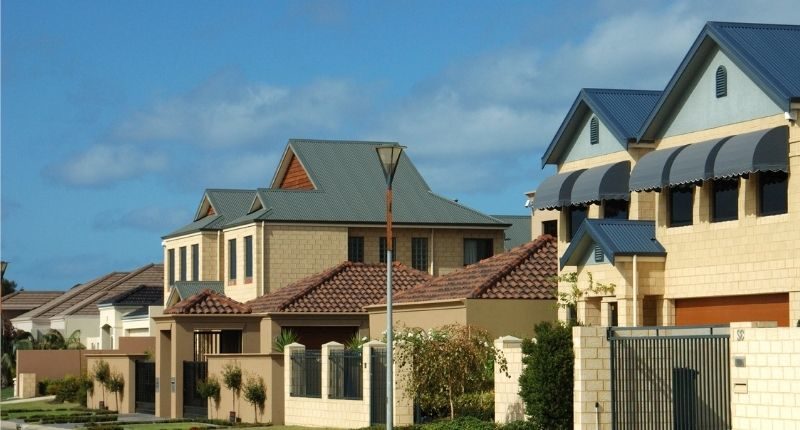
- CoreLogic's Eliza Owen has listed six key impacts of the pandemic on the housing market
- Although an initial dip, housing value increases have been the most notable part of the pandemic upon real estate
- SQM Research data backs CoreLogic in terms of increases in dwelling values and rental prices
Without a doubt, Covid has caused a remarkable shift in the Australian housing market.
From effective shutdowns of cities and extraordinary shifts in monetary and fiscal policies to the emergence of popularity among regional and low-density housing, the pandemic has distinctly impacted the dynamics of the housing market.
Eliza Owen, CoreLogic’s head of residential research Australia, has explored six of the major impacts upon the housing market over the past two years.
1. House values reached record highs
Although there was an initial dip when Covid reached Australia in early 2020, house values have since risen. CoreLogic recorded a 24.6% housing value rise between March 2020 and February 2022. SQM Research data also shows a similar trend – far more growth has occurred the previous two years then across the previous decade.
National
By CoreLogic’s reckoning, the total value of Australian residential real estate is about $9.8 trillion as of February 2022. This reflects a growth of $2.6 trillion since the pandemic began.
2. First homebuyers
Due to various federal and state government incentives – and record low interest rates – many first homebuyers took advantage of the favourable conditions seen during the first year of the pandemic.
The number of first home buyer owner-occupier loans bolted to levels not seen since the late 2000s before peaking in January 2021 as affordably concerns grew due to significantly higher barriers to entry.
3. Rents reached record highs
While rents saw an initial decline of -0.8% nationally between March and August 2020, there was a recovery throughout 2021.
Rental supply had been constraint thanks to lackluster investor activity between 2017 and 2020. Some owners have also taken advantage of pivoting towards short-term rental accommodation such as Airbnb, especially in tourist areas.
SQM Research also shows the steep increase in rental prices, after fairly gradual increases during the last decade.
National
Domain’s research also showed that rental prices are at record highs for both units and houses.
4. Housing debt reached record levels
As of January 2022, the value of total outstanding housing credit reached a record high level of over $2 trillion, according to the Reserve Bank of Australia (RBA). The ratio of housing debt to income also reached 140.5% during the third quarter of 2021.
This level of debt can be concerning, especially given it has grown faster than incomes.
“…(it) creates a vulnerability in the Australian economy,” noted Ms Owen.
“However, it is important to frame debt levels in the context of high asset values, and relatively low interest costs. RBA data shows housing interest payments to income have fallen to their lowest levels since 1999, and household debt has trended lower as a portion of housing values. “
Eliza Owen, CoreLogic
5. The premium between house and unit prices hit a record high
Given owner occupiers wished to seek out larger, detached homes, the premium for a house over a unit has reached a record high of 29.8%. In dollars this equates to about $182,000.

For perspective, in March 2020 the premium was just 8.5%, with the dollar value around $44,000.

More specifically, this is seen the most in Sydney, where the premium is $578,335 – more than the median price of a house in Perth.
6. The regions rose
While historically many regional areas see skills drains – especially from younger people – over 2020 and 2021, there was a significant uptick in people leaving major cities to regional areas.
This hasn’t just occurred in areas such as Byron Bay; many new million-dollar markets have been made, especially around the Sunshine Coast, Illawarra and the Gold Coast areas.
According to CoreLogic, regional dwelling values have risen by 40% since March 2020 – significantly more than the capital cities.







